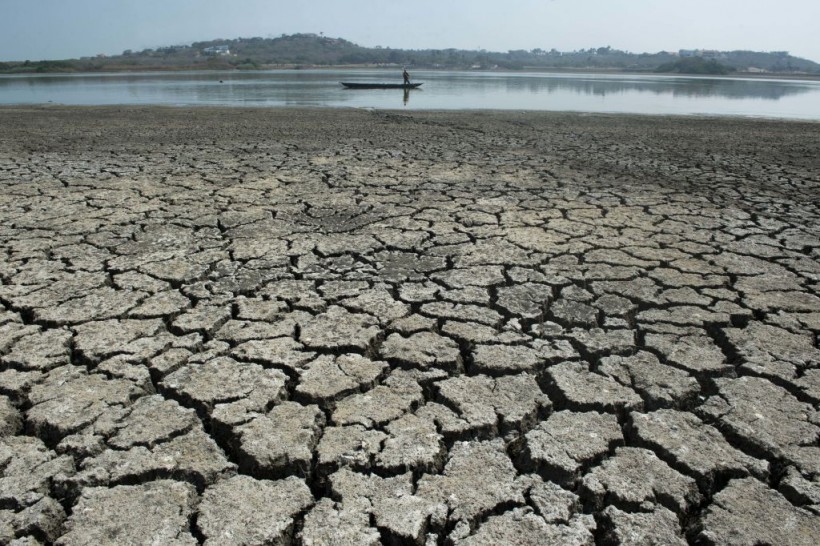As El Niño is expected to develop in the coming months, a new study reveals that it could cost the global economy trillions of dollars as the effects of the warm phase of the ENSO cycle. The projected figures are much higher than previous estimates from experts.

(Photo : EITAN ABRAMOVICH/AFP via Getty Images)
A drought affecting Colombia exposes the bed of El Cisne lake, in Puerto Colombia, in the country's Atlantico Department, on July 31, 2014. The government has recently allocated 18 million US dollars to combat one of the worst droughts in Colombian history, caused by El Nino weather phenomena.
Slowing Down Global Economy
Dartmouth College's researchers found that the financial toll of the recurring El Niño can affect the global economy for several years, costing trillion in lost income worldwide. According to a report from Interesting Engineering, the financial impact of El Niño-Southern Oscillation's warm phase should be taken into account, as well as its long-term effects.
Previous El Niño events cost the global economy more than $4 trillion over the following years. But as climate change could increase in the future, researchers project that global economic losses could amount to $84 trillion by the end of the 21st century. This will still occur despite current pledges to reduce carbon emissions are met, which will burden lower-income countries.
Doctoral Candidate in Geography and Lead Author Chris Callahan stated that he was surprised by the projected cost of the upcoming events. "There are these persistent depressions in economic growth that last for five or even ten years after these events because of the strength of those extreme events," he added.
El Nino Effects
Ocean temperatures in the eastern and central Pacific Oceans heat up every three to five years, which creates a domino effect of extreme weather changes across the globe that sometimes could last for a year. As Eastern Pacific regions experience above-average rain and damaging landslides, the opposite side like Southeast Asian countries experiences drought.
As per the released study in the journal Science, effects in other regions also include flash floods, dying crops, a surge of different tropical diseases, and plunging fish populations. Both local and global economies can be affected by this, hence the newly-increased projected cost.
Assistant Professor of Geography and Co-Author Justin Mankin stated that existing climate hazards that impact energy and transport sectors are just going to ripple through the economy in different ways. "We are much more poorly adapted to climate variability as it stands now than we understood previously," he added.
Also Read: Satellite Views Show Rapid Melting of Glaciers on the Antarctic Peninsula
Previous Events
The Washington Post that the study analyzed the growth in national gross domestic product (GDP) from 1960 to 2019, as a part of the study to focus on the years following El Nino events and its counterpart La Nina. Researchers have found 56% of countries experienced significant decreases in growth even five years after an event.
Callahan and Mankin both studied the two largest El Nino events over the last 60 years, which occurred in 1982-1983 and 1997-1998. It racked up losses of $4.1 trillion and $5.1 trillion respectively, even five years after the said events.
Related Article: Scientists Say Numerical Weather Forecasting Is Nearing Its Limits









